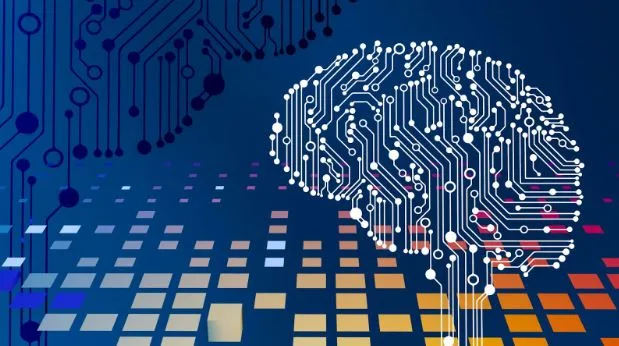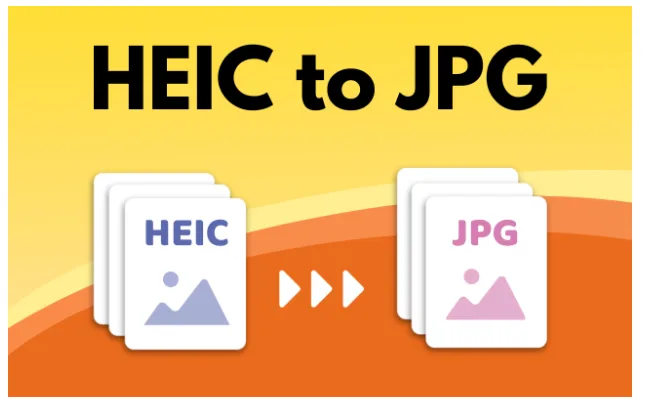The Ultimate Guide to the Best AI Productivity Tools for Business Professionals
In 2025, artificial intelligence will have firmly established itself as a vital force behind business efficiency and innovation. AI productivity tools are no longer just a luxury for tech giants—they are now accessible and necessary for businesses of all sizes. By automating repetitive tasks, providing intelligent recommendations, and supporting decision-making, these tools are reshaping how companies work and compete in the digital era.
What Are AI Productivity Tools?
AI productivity tools are software solutions that incorporate machine learning, natural language processing, and automation to streamline workflow, eliminate manual chores, and add intelligence to everyday business operations. The Best AI Productivity Tools in this space can automate scheduling, generate and polish content, manage customer queries, support meetings, and much more. Their main promise is to free up professionals’ time for more creative and strategic endeavours by handling routine activities rapidly and accurately.
Key Categories of AI Productivity Tools
Project Management and Workflow Automation
AI-driven project management tools such as Notion AI, ClickUp AI, and Monday.com enable teams to automate task assignments, track progress in real-time, and receive actionable project insights. These platforms help synchronise distributed teams and keep projects moving smoothly.
Communication and Collaboration
Apps like Otter.ai, Fireflies, and Microsoft Copilot harness AI to transcribe meetings, summarise key points, and trigger follow-up reminders. AI assistants facilitate collaboration by ensuring everyone stays informed and aligned, even when teams are scattered across different locations.
Content Creation and Language Tools
AI writing platforms—Jasper, ChatGPT, Grammarly, and Wordtune—can draft emails, reports, and marketing copy with human-like fluency and clarity. They help eliminate writer’s block, enforce consistent tone, and optimise content for SEO or brand messaging.
Scheduling and Calendar Assistance
AI calendar tools such as Motion, Clockwise, and Reclaim scan your availability, balance deep work with meetings, and automatically resolve conflicts. They make time management effortless, crucial for professionals managing packed schedules.
Document and Knowledge Management
Platforms like Notion AI and Mem use machine learning to organise, retrieve, and recommend relevant information swiftly. These tools serve as “second brains” for professionals, eliminating information silos and making knowledge accessible with a quick search.
Presentations and Reporting
Cutting-edge AI tools like Tome and Beautiful.ai help users create professional presentations quickly—from generating slide text and visuals to analysing feedback for future improvements. Professionals and marketers appreciate these platforms for saving time and raising the bar on visual storytelling.
Top AI Productivity Tools (2025 Edition)
- Notion AI: A hybrid workspace that automates task tracking, meeting notes, knowledge management, and more, all with a conversational AI interface.
- Jasper: Widely used for content creation, Jasper generates blog posts, marketing copy, and personalised emails in minutes, with over 50 templates and multilingual support.
- Otter.ai: Delivers real-time meeting transcription, searchable notes, and collaboration features to ensure nothing slips through the cracks.
- Fireflies.ai: Records, transcribes, and organises virtual meetings with automated highlight extraction and action item tracking.
- Motion: AI scheduling that automatically rearranges your calendar for optimal focus and efficiency, minimising conflicts and maximising productivity.
- Tome: An AI-powered presentation builder leveraging ChatGPT and DALL-E to generate compelling, visually rich slide decks based on simple prompts—ideal for business pitches.
- Grammarly and Wordtune: Enhance writing clarity, correctness, and tone for professional communication with instant, AI-powered suggestions.
- Clockwise: Smart calendar assistant that frees up blocks of time for deep work while seamlessly managing internal and external scheduling.
- Guru: AI-powered enterprise knowledge management, supplying instant answers and resources directly into business workflows.
- Microsoft Copilot: Deep integration into the Microsoft 365 suite, providing suggestions, summaries, and writing help directly within Outlook, Word, Excel, and Teams.
How to Choose the Right AI Productivity Tool
- Assess Your Needs: Identify bottlenecks and recurring tasks in your team’s workflow that could be automated or improved.
- Budget and Compatibility: Examine each tool’s costs, integration capabilities with your current stack, and scalability options.
- Ease of Use: Prioritise intuitive interfaces and comprehensive training resources to encourage broad adoption.
- Security and Compliance: Ensure tools adhere to relevant data protection standards, especially if handling sensitive business information.
- Test and Deploy: Leverage free trials and pilot programs before full-scale implementation, gathering feedback from real users.
Challenges and Solutions in Adopting AI Productivity Tools
Adoption barriers include integration complexity, data privacy concerns, employee resistance to new technology, and the risk of AI-generated errors. To mitigate these, organisations should:
- Appoint “AI champions” within the team to lead change and share best practices.
- Offer regular workshops and support resources.
- Establish clear data usage guidelines and audit tools regularly to minimise vulnerabilities.
- Invest in comprehensive training programs that equip employees with the skills to confidently use AI tools and understand their benefits.
- Encourage transparent communication to address fears related to job displacement and highlight how AI empowers employees, rather than replacing them.
- Implement gradual, phased rollouts of AI solutions to allow teams to adapt progressively and provide feedback for continuous improvement.
- Monitor and measure AI tool effectiveness and user satisfaction to ensure these technologies deliver promised productivity gains while minimising errors and workflow disruptions.
These strategies help organisations overcome common hurdles and maximise the value of AI productivity tools in 2025 and beyond.
Future Trends in AI Productivity
The next wave of AI productivity solutions will focus on:
- End-to-end automation, where AI agents autonomously complete multi-step workflows.
- Personalised analytics and recommendations based on behavioural data.
- Hyper-automation for finance, HR, and marketing roles, allowing professionals to focus exclusively on creative or strategic tasks.
- Advanced integrations across devices, platforms, and business units for seamless digital experiences.
Conclusion
AI productivity tools have become indispensable for business professionals aiming to work smarter, not harder. With thoughtful selection, efficient deployment, and a commitment to ongoing learning, companies of all sizes can unlock unprecedented levels of productivity and agility in the AI-powered workplace of 2025. These tools deliver measurable benefits across efficiency, accuracy, and collaboration—freeing teams from repetitive chores, streamlining communication, and providing actionable insights for data-driven decision-making. As businesses continue to embrace AI, they not only reduce operational costs but also cultivate innovation and adaptability, setting themselves up for sustained growth in a rapidly evolving landscape.






